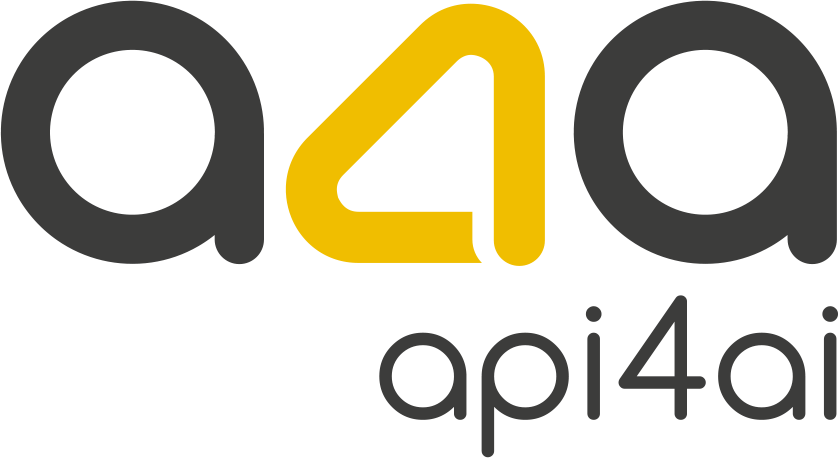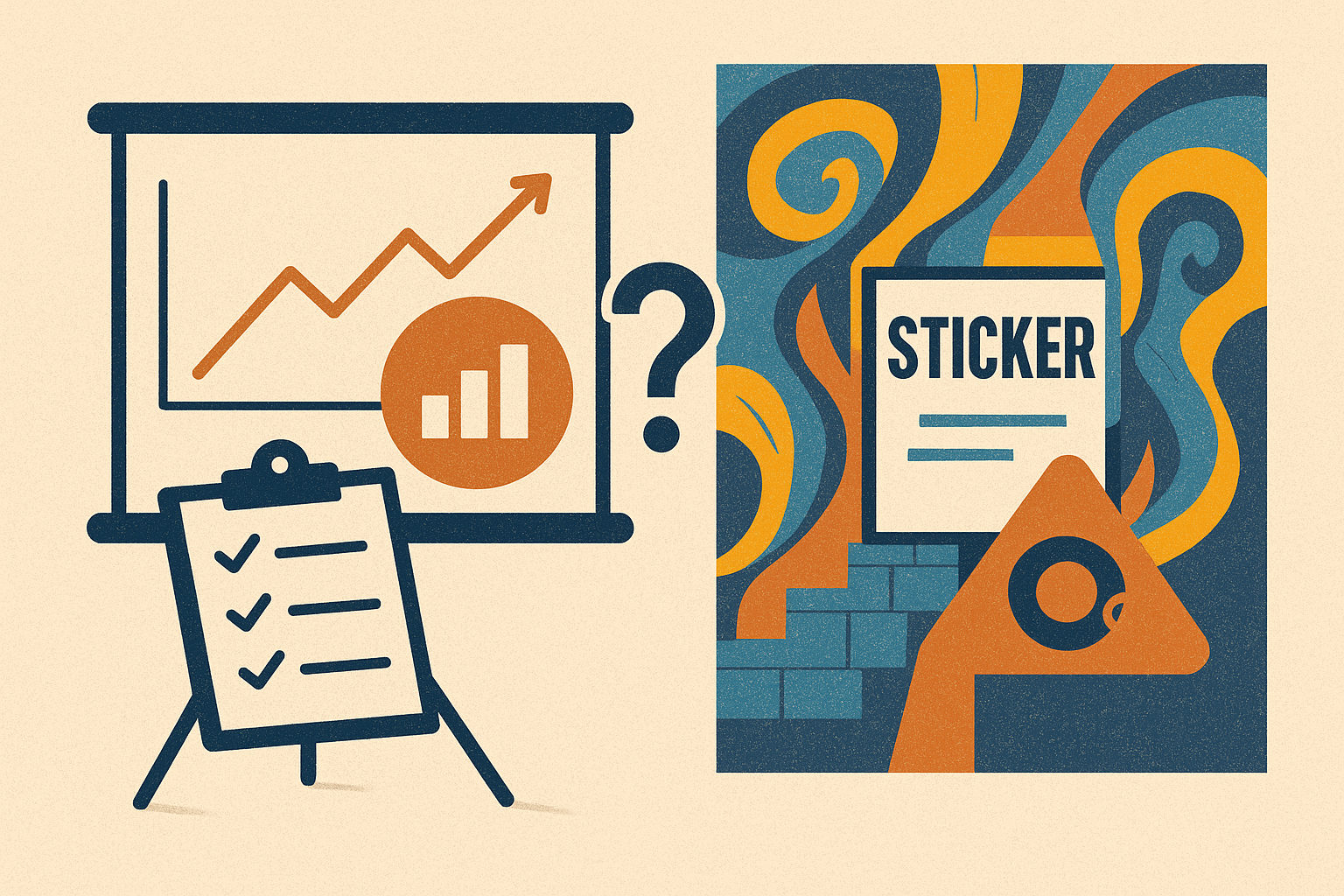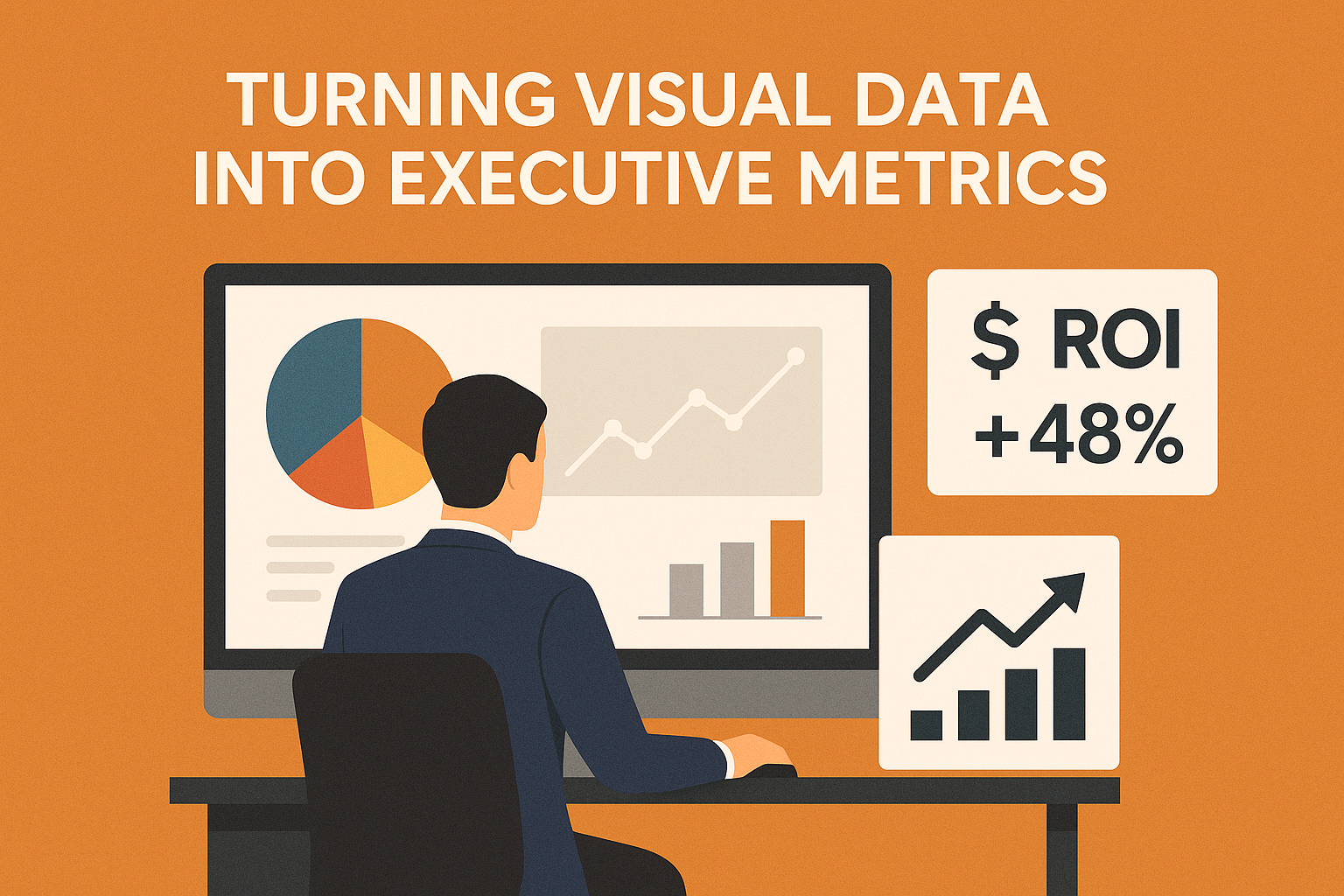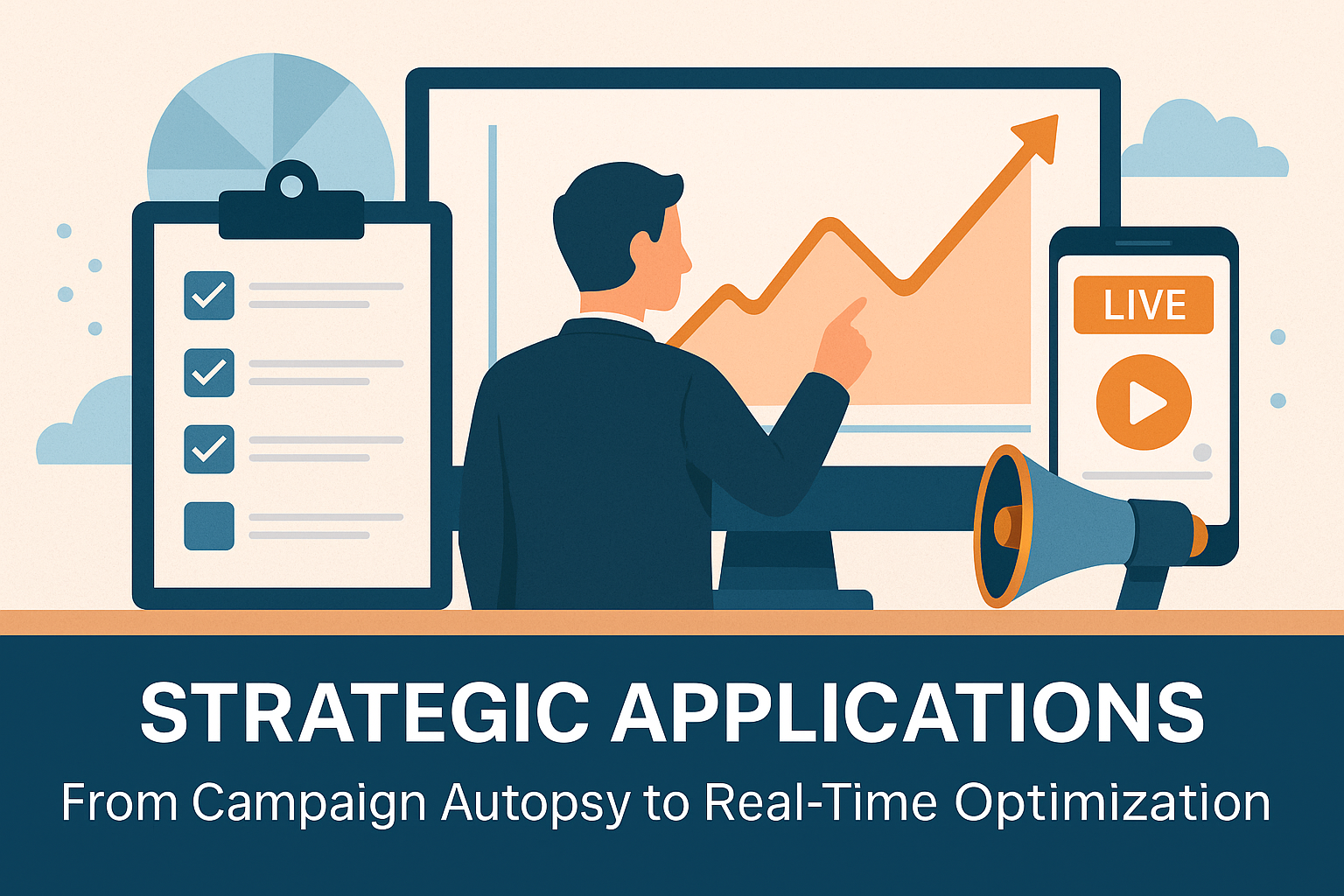Evaluating ROI of Guerrilla Marketing Campaigns
Introduction — When Creativity Outruns Measurement
Guerrilla marketing is designed to disrupt the everyday. Whether it’s a wall-sized mural on the side of a warehouse, a wave of cryptic stickers appearing across a city, or an unannounced pop-up stunt that draws an instant crowd, the goal is to spark surprise, conversation, and — ideally — viral sharing. These tactics thrive on breaking patterns and catching people where they least expect to encounter a brand.
For executives, the creative appeal is obvious: done well, guerrilla marketing can deliver outsized cultural impact for a fraction of a traditional ad buy. But its very nature also makes it difficult to track. There’s no standard media spend report, no guaranteed clickstream, and no easy way to tie the encounter on a street corner to a later purchase. Traditional ROI tools — redemption codes, dedicated landing pages, in-store surveys — capture only a narrow slice of the true exposure.
This creates a strategic tension in the boardroom. On one hand, guerrilla campaigns can generate extraordinary buzz, media coverage, and organic reach. On the other, they often appear as “unmeasurable” in quarterly reports, leaving them vulnerable to budget cuts in favor of more easily quantifiable digital tactics. For CFOs, that lack of attribution makes it hard to justify spend; for CMOs, it risks stifling creative experimentation.
The challenge isn’t a lack of impact — it’s a lack of visibility into that impact. In reality, every sticker photographed by a passer-by, every mural featured in a lifestyle blog, and every stunt documented in local news coverage leaves behind a trail of visual evidence. The question is how to capture, aggregate, and analyze that evidence in a way that turns street-level creativity into metrics compelling enough for a C-level audience.
That’s where modern advances in image recognition and AI-powered analytics are changing the equation. By tracking how brand visuals appear across public imagery — whether in social posts, online galleries, or community news — leaders can finally measure the reach and resonance of even the most unconventional campaigns.
The Measurement Gap — Why Guerrilla Campaigns Defy Conventional Tracking
Guerrilla marketing operates outside the neatly defined lanes of traditional media. There’s no controlled ad placement, fixed audience profile, or standardized performance report. Instead, the impact unfolds in unpredictable ways — on sidewalks, in neighborhoods, and across social media feeds — often driven entirely by audience curiosity rather than brand-controlled distribution.
This unpredictability is part of the charm, but it also creates a blind spot for executives tasked with proving ROI. Conventional tracking tools — like unique discount codes, URL redirects, or in-store surveys — depend on a clear, measurable interaction between campaign and consumer. In guerrilla marketing, many of the most valuable interactions happen out of sight of these mechanisms. A person may photograph a mural and share it with friends weeks later, without ever scanning a QR code or mentioning the brand in text.
Several factors compound this measurement gap:
No direct conversion funnel: People who encounter a street-level activation might engage with the brand days — or months — before making a purchase, rendering click-through-based attribution useless.
Fragmented audience capture: With passers-by interacting in unplanned locations and at unpredictable times, data points are scattered across countless offline and online touchpoints.
Incomplete social tracking: Even advanced social listening misses content without branded hashtags or text mentions, leaving the most authentic organic posts invisible to analysts.
From an executive perspective, the result is a campaign that may have achieved remarkable cultural presence but appears as a faint blip in quarterly performance dashboards. This disconnect makes it difficult to justify investment in unconventional tactics, especially in competitive budget cycles.
Yet the reality is that these campaigns do leave measurable traces — they just don’t appear in the formats legacy measurement tools were built to detect. Visual evidence exists in the form of user-generated content, press photography, and local media coverage. The challenge is to recognize it at scale, connect it back to the campaign, and translate it into boardroom-ready metrics.
In the next section, we’ll explore how these overlooked visual signals — spread across public imagery — can bridge the gap between creative execution and executive accountability.
The Untapped Data Source — Public Imagery as an ROI Signal
Every guerrilla marketing activation — whether it’s a sticker campaign, a hand-painted mural, or a pop-up performance — generates a visual footprint. Passers-by take photos. Tourists capture videos. Local journalists publish event galleries. Influencers feature the installation in lifestyle content. Even months later, these images can resurface online, extending the campaign’s life far beyond the original placement.
For executives evaluating ROI, these visuals are more than creative by-products — they’re unclaimed data assets. In aggregate, they reveal how widely the campaign traveled, how long it remained relevant, and how deeply it penetrated different audience segments. This is especially critical in guerrilla marketing, where the “moment” often occurs outside brand-controlled environments and is amplified organically.
Key sources of such imagery include:
Social platforms: Instagram, TikTok, and X (Twitter) posts featuring the brand or its creative elements — sometimes without explicit hashtags or mentions.
Local and regional news outlets: Event coverage and human-interest stories that feature campaign visuals.
Community forums and blogs: Niche audiences sharing location-based experiences or creative finds.
Event photography archives: Images from festivals, public gatherings, or cultural events where the activation was present.
The value for leadership lies in the nature of this content: it is unsolicited, authentic, and audience-driven. Unlike paid impressions, which reflect planned media buys, public imagery captures earned attention — a more telling indicator of true creative resonance.
However, manually finding and cataloging these assets is nearly impossible at scale. They are scattered across platforms, languages, and formats, often buried under unrelated content. This is where the emerging practice of visual data miningcomes into play: using advanced AI to scan vast image collections, detect brand visuals, and compile actionable insights.
When properly leveraged, these visual signals can fill the attribution gap left by traditional metrics, allowing executives to see exactly how far and wide a campaign’s influence reached — often in places the brand never anticipated.
In the next section, we’ll explore how modern logo recognition technology turns this raw visual data into structured intelligence that executives can use to make data-driven investment decisions.
How Logo Recognition Turns Photos into Business Intelligence
Transforming scattered public imagery into measurable ROI requires more than a manual search — it demands precision, scale, and automation. This is where modern logo recognition technology becomes a strategic asset for executives tasked with defending creative investments.
At its core, logo recognition uses computer vision algorithms to scan images and videos for brand marks, even when they appear partially obscured, distorted, or in unconventional contexts. Unlike keyword-based searches that rely on text mentions or hashtags, this approach identifies the brand purely from its visual presence. That means a mural photographed without a caption, or a sticker captured in the background of a street scene, still counts toward measurable exposure.
The process typically unfolds in three stages:
Data Collection: Public images are sourced from social media platforms, news outlets, blogs, and other online repositories where user-generated content resides.
Automated Detection: Logo recognition models analyze each visual asset, detecting the brand’s presence, its size in the frame, and its relative prominence.
Insight Aggregation: The findings are consolidated to reveal patterns—frequency of appearance, geographic distribution, and the types of visuals generating the most organic attention.
For leadership, the value is in the transformation of raw, unstructured content into structured business intelligence. This allows for:
Quantifying earned impressions: Measuring how often the brand appears in organic, non-paid contexts.
Identifying high-performing creative assets: Determining which designs or formats (stickers, murals, pop-ups) generate the most visual traction.
Mapping audience geography: Pinpointing where the brand was encountered, down to neighborhoods or event zones.
Advanced Brand Recognition APIs make it possible to perform this analysis at a scale and speed that would be impossible manually — processing thousands of images in hours rather than weeks. The result is a data set executives can trust, one that bridges the gap between “we think this stunt worked” and “we know it delivered X organic impressions across Y regions.”
When combined with sentiment analysis, engagement metrics, and campaign cost data, logo recognition doesn’t just prove ROI — it reframes guerrilla marketing as a measurable, repeatable, and optimizable investment class.
In the next section, we’ll see how these visual analytics translate into concrete KPIs that resonate with C-level decision-makers.
Turning Visual Data into Executive Metrics
Collecting and analyzing public imagery is only valuable if the output translates into clear, actionable metrics that executives can use to inform decisions. Raw counts of images or vague references to “buzz” won’t satisfy a CFO or convince a board to reinvest. The real power of logo recognition and visual analytics lies in converting unstructured content into precise, decision-grade KPIs.
Four categories of metrics consistently resonate at the executive level:
1. Visual Impressions
This is the foundational metric — how many times your brand appeared in public imagery during the campaign period. It accounts for earned visibility across organic channels, not just paid placements. This figure becomes a direct parallel to “impressions” in digital advertising, allowing apples-to-apples comparisons with other marketing investments.
2. Engagement Potential
Not every detected image has the same impact. By pairing logo detection with platform engagement data (likes, shares, comments, reposts), you can estimate the audience’s response to each visual appearance. This reveals which creative assets not only drew attention but also inspired action.
3. Geographic Spread
Visual data often includes location metadata or can be geo-referenced based on context clues in the image. This enables the creation of heatmaps showing where the brand was seen and shared. Such insights can guide future campaign targeting, city selection, and localized media buys.
4. Creative Resonance
By segmenting data by creative type — stickers, murals, installations — you can determine which formats generated the most organic capture and sharing. This allows marketing teams to double down on the formats with the highest ROI, backed by hard evidence.
For executives, these metrics offer more than a post-mortem; they enable forecasting. If a particular mural style consistently drives higher engagement in urban centers, future budget allocations can reflect that insight. If sticker campaigns dominate suburban areas, resources can be shifted accordingly.
Ultimately, these KPIs allow leadership to defend guerrilla marketing spend with the same confidence as digital media buys — arming decision-makers with a dashboard that turns street-level creativity into boardroom-ready financial logic.
In the next section, we’ll explore how brands can use this intelligence not only to evaluate past campaigns but to optimize guerrilla marketing in real time.
Strategic Applications — From Campaign Autopsy to Real-Time Optimization
Once guerrilla marketing data has been distilled into reliable KPIs, its value extends far beyond proving past performance. For C-level leaders, the real strategic advantage lies in applying these insights to refine creative strategy, guide investment decisions, and even influence in-flight campaign adjustments.
Post-Campaign Analysis: Learning What Worked and Why
Detailed visual analytics reveal which creative executions resonated most strongly with audiences. If murals in certain neighborhoods generated disproportionately high visual impressions, those locations can be prioritized for future activations. If sticker designs featuring bold typography were shared more often than intricate graphics, that creative direction can inform the next campaign. This retrospective view transforms every guerrilla effort into a learning cycle, where insights are banked for competitive advantage.
Real-Time Monitoring: Adjusting on the Fly
With automated logo recognition running continuously, marketing teams can track the spread of a campaign as it happens. If certain pop-up installations or high-traffic areas are generating immediate buzz, teams can extend their presence, deploy complementary activations, or amplify through paid social boosts. Conversely, if a creative element is underperforming, resources can be redirected before the campaign’s momentum fades. This agility converts guerrilla marketing from a static “one-and-done” effort into a dynamic, responsive asset.
Budget Allocation and Risk Management
Executives often face difficult decisions about where to allocate limited marketing funds. Visual ROI data helps resolve these debates by providing objective evidence of which formats, designs, and locations deliver the strongest return. It also mitigates risk — campaigns that lack measurable traction early can be scaled back or retooled before major budget commitments are locked in.
Long-Term Strategic Planning
When collected and analyzed over multiple activations, visual intelligence creates a proprietary dataset of market behavior — unique to the brand and its audience. This dataset becomes an internal benchmark for predicting the potential success of future guerrilla concepts, reducing guesswork and enabling more confident investment in unconventional creative.
For C-level stakeholders, the shift is profound: guerrilla marketing moves from being a “creative gamble” to a disciplined, data-informed channel. The unpredictable energy of street-level activations is preserved, but the decision-making behind them becomes as analytical and ROI-driven as any other media investment.
In the final section, we’ll bring these ideas together, showing how combining creativity with AI-powered measurement ensures guerrilla marketing not only turns heads but earns its place in the budget.
Conclusion — Creativity Deserves Credit (and Funding)
Guerrilla marketing’s greatest strength — its ability to surprise, delight, and embed itself in culture — has historically been its Achilles’ heel when it comes to budget justification. Without the right tools, even the most talked-about mural, sticker series, or pop-up stunt risks being remembered only as a clever moment rather than a measurable business driver.
Today, that limitation no longer needs to exist. Advances in AI-powered image recognition, particularly logo detection, make it possible to quantify how far a campaign’s visuals traveled, how deeply they resonated, and which creative elements generated the most organic attention. By tapping into public imagery — from social media posts to local news coverage — executives can now measure earned reach with the same precision they expect from digital advertising channels.
For C-level decision-makers, this shift changes the conversation. Guerrilla activations can be evaluated not only for their creative boldness but also for their ability to deliver tangible returns: visual impressions, engagement rates, geographic penetration, and format-level performance. This means unconventional ideas no longer need to compete with data-rich digital tactics from a position of weakness — they can stand on equal footing in boardroom discussions.
The strategic implication is clear: when creativity is paired with measurable ROI, it stops being a gamble and becomes an investment. The brands that master both sides — breakthrough street-level ideas and disciplined performance tracking — will be the ones that not only win attention but also build long-term equity with both audiences and stakeholders.
In a marketing environment where every dollar is scrutinized, the ability to prove the value of unconventional tactics is a competitive advantage. Guerrilla marketing doesn’t just deserve a place in the budget — it deserves the same analytical rigor and strategic planning as any other high-impact channel. With the right measurement approach, creativity isn’t just celebrated — it’s credited, funded, and scaled.






